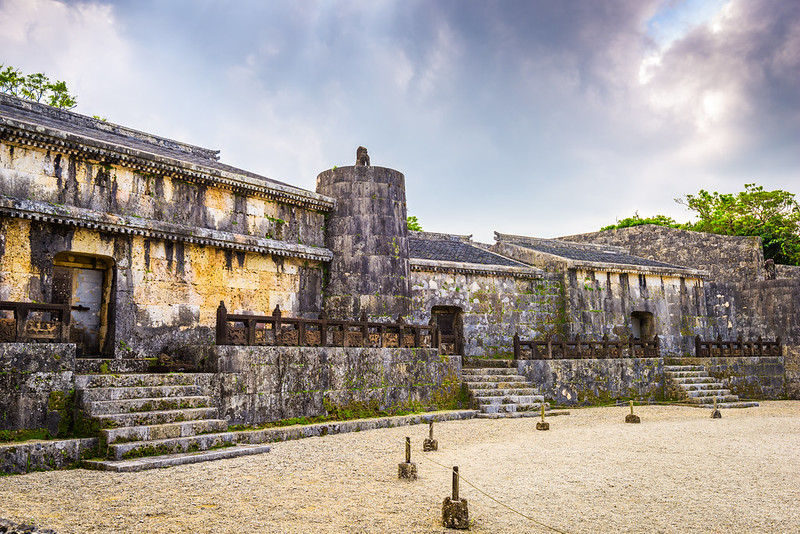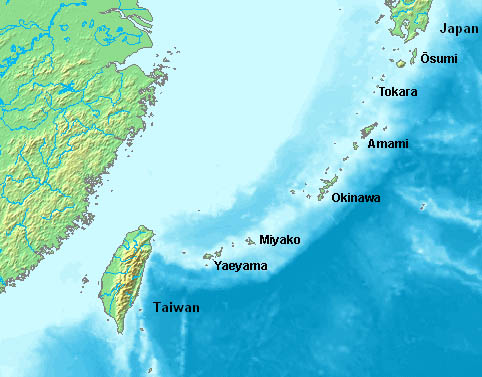
The Ryukyu Kingdom of Japan
The Islands of Okinawa on the southwest tip of Japan, is made up of 160 islands and is home to the indigenous Ryukyuan or Lewchewan people. The Ryukyuan are the largest minority group in Japan, with about 1.3 million living in Okinawa alone and another 300,000 elsewhere in or outside the country, mostly in Hawaii.
The Ryukyu Kingdom was an independent kingdom that ruled most of the Ryukyu from the 15th to the 19th century. The kings of Ryukyu successfully unified Okinawa Island all the way to the Amami Islands (modern day Kagoshima Prefecture and the Sakishima Islands close to Taiwan). The kingdom played a major role in the maritime trade networks during the medieval times of the Malacca Sultanate and of East and Southeast Asia.
The roots of the Ryukyu Kingdom
The small domains scattered on Okinawa Island were unified into three principalities during the 14th century, the Northern Mountain (Hokuzan), Central Mountain (Chūzan), and Southern Mountain (Nanzan). The principalities were known as the Three Kingdoms or the Three Mountains (Sanzan). Many Chinese people moved to Ryukyu for business and even to serve in the government during this period. The Ryukyuan King at the time requested the Ming Dynasty Chinese for 36 Chinese families from Fujian to manage oceanic trade. Many Ryukyuan officials were descended from these Chinese immigrants who assisted in advancing the technology and diplomatic relations of the Ryukyuans.
The peak of maritime trade
For almost two centuries, the Ryukyu Kingdom thrived as a major player in maritime trade with Southeast and East Asia.
Ryukyu islands, Okinawa Prefecture, Japan. | Artanisen
The focal point in the kingdom’s maritime accomplishments was the continuous tributary relationship the islands had with Ming dynasty China that was started by Chūzan in 1372. China provided the ships for Ryukyu’s maritime trade activities as well as training Ryukyuans to study at the Imperial Academy in Beijing. Ryukyuan ships traded at several ports around the region including Korea, Java, Pattani, Siam, Palembang, Japan and Sumatra.
Tamaudum Mausoleum, one of the three royal mausoleums of the Ryukyu Kingdom.
Japanese Invasion of Ryukyu
Toyotomi Hideyoshi sometime in 1590 requested the Ryukyu Kingdom to help in in his campaign to conquer Korea and eventually China. Since the Ryukyu Kingdom was a tributary state of the Ming dynasty, the appeal was refused. The triumphant Tokugawa Shogunate following Hideyoshi’s fall, supported the feudal lords of the Satsuma domain (present day Kagoshima Prefecture) to conquer the Ryukyus. The invasion happened in 1609 but the Satsuma domain allowed the Ryukyu Kingdom to be in a period of “dual subordination” to Japan and China where Ryukuans still maintained tributary relations with China in addition to the Tokugawa shogunate. The Meiji Japanese government abolished the Ryukyu Kingdom and the islands were incorporated with Okinawa Prefecture on the 27th of March, 1879.


